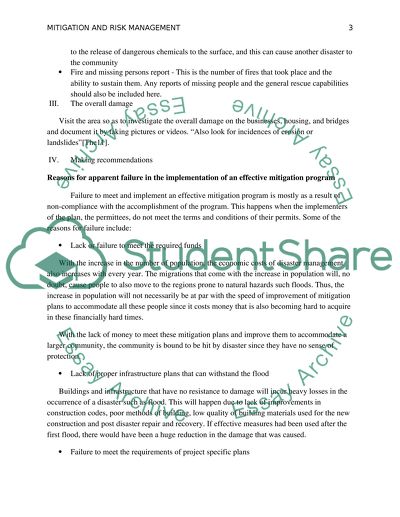Cite this document
(“Incident Command System; Principles and Features Part I; Mitigation Case Study”, n.d.)
Incident Command System; Principles and Features Part I; Mitigation Case Study. Retrieved from https://studentshare.org/military/1597547-incident-command-system-principles-and-features-part-i-mitigation-and-risk-reduction
Incident Command System; Principles and Features Part I; Mitigation Case Study. Retrieved from https://studentshare.org/military/1597547-incident-command-system-principles-and-features-part-i-mitigation-and-risk-reduction
(Incident Command System; Principles and Features Part I; Mitigation Case Study)
Incident Command System; Principles and Features Part I; Mitigation Case Study. https://studentshare.org/military/1597547-incident-command-system-principles-and-features-part-i-mitigation-and-risk-reduction.
Incident Command System; Principles and Features Part I; Mitigation Case Study. https://studentshare.org/military/1597547-incident-command-system-principles-and-features-part-i-mitigation-and-risk-reduction.
“Incident Command System; Principles and Features Part I; Mitigation Case Study”, n.d. https://studentshare.org/military/1597547-incident-command-system-principles-and-features-part-i-mitigation-and-risk-reduction.


